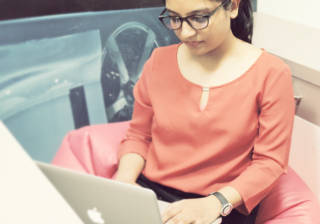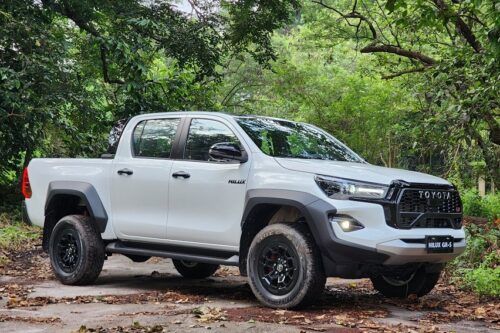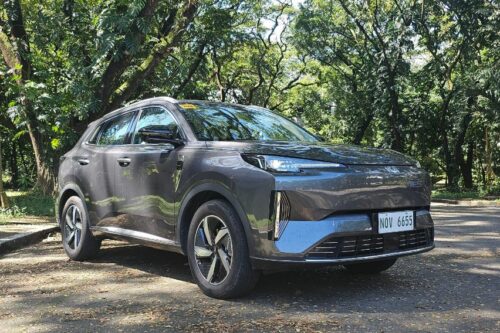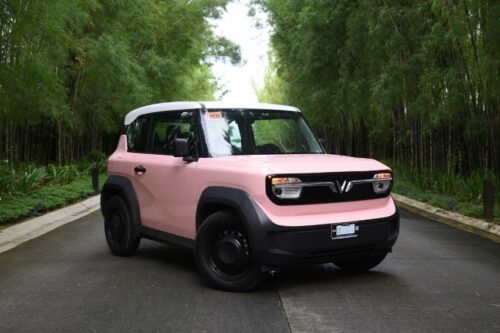How to fix a flood-damaged car

The rainy season always brings a series of storms and typhoons, and with that persistent flooding. With most areas being flood-prone, it’s almost completely unavoidable to experience flooding at least once. While most are rather tame and dissipate quickly, there are extreme cases where it can reach up to your knees or even as high as your chest.

If you’re a car owner, then you know how much of a pain it is to leave your vehicle out in a flood. Dealing with the aftermath is a whole other ordeal in itself. Flooding is a nightmare for auto repair specialists. Floods that reach the car’s floorboards can typically be more challenging to salvage. If not given the proper post-flood care, it can result in irreparable damage of your vehicle.
It can be a confusing process, which is why we compiled these steps of what you should do with your vehicle after a flood.

Don’t start the car
If an engine has been submerged in water, it will combust in itself if you attempt to start the vehicle. Floods that reach engine level are almost always guaranteed to have water in the engine system. Starting your vehicle with water present in the engine will only cause severe damage under the hood, causing more problems for your car.
Disconnect the battery
Before inspecting the rest of your engine system, disconnect and remove the battery first. If water has indeed found its way into the system, you should immediately remove the battery. This is to prevent electrical problems. If the battery itself has water inside, it can result in faulty operation or outright damage itself.
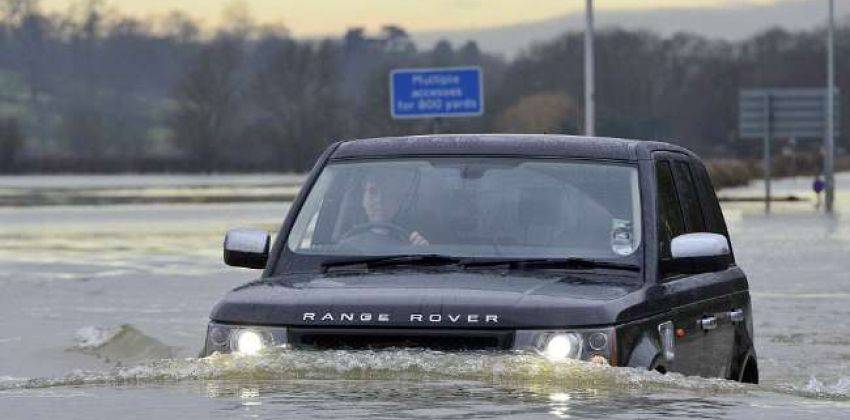
Check the air filter
Oftentimes, it might not be completely evident if water has entered the engine system. If the engine oil dipstick isn’t convincing and you’re still unsure, check the air filter. A soaked air filter usually signifies that water is present in the engine system. If it is, avoid starting the vehicle.
Check the fluids
Also check if water has entered your fluids, particularly the oil. Water mixed with oil is a bad combination and causes damage to the engine. Also check the fuel filter as well as the transmission, brake, coolant, and power steering reservoirs for the presence of floodwater.
Water in the transmission can result in rusting while a flooded brake system can lead to no braking power. You may also need to drain your fuel tank to prevent flood water contamination.

Check all electrical features
Should flooding be minimal and no flood water entered the engine and filters, check if all electrical features are in working condition. However, be aware of unusual noises that may pop up when you start your engine. If anything sounds out of the ordinary, power down immediately. Should everything sound okay, check the following electrical parts:
- Power locks
- Power windows
- Power seats
- Audio and video systems
- Air conditioning
- Headlights
- Brake lights
- Rear combination lights
- Turn signal lights
- Hazard lights
- Interior lights
If any of these are not working, you may have some electrical problems at hand.
Dry out the interior
When you’ve thoroughly checked under the hood, it’s time to clean out the inside of the vehicle. Keep the doors open to air out the car and speed up the drying process. This will also prevent the smell of flood water from sticking to the upholstery.
Use a vacuum or towel to dry the seats and cushions. You can also remove the upholstery and dry them out in the sun. Don’t forget to dry the switches, plugs, and relays as well before turning on the electrical system. A hair-dryer can come in handy for this.

Seek professional help
If you still feel at a loss for what to do with your vehicle or if the damage is too severe, have it towed and bring it to your nearest auto repair shop. Should you have identified the presence of floodwater in your engine system, it’s also best to have a professional flush out the water and replace the engine oil.
Mud can also sneak its way into places that are difficult to notice. Auto repair shops also offer full body detailing to thoroughly scout for potential problems that can be overlooked. It’s best to still seek professional assistance as these shops are the most equipped to deal with these incidents.
Do you have any post-flood car care tips? Share it with us on our social media.
Also read: 9 Ways to care for your car during and after an ashfall
Sell your car at the best price
 Verified and genuine buyers
Verified and genuine buyers
Trending & Fresh Updates
- Latest
- Popular
You might also be interested in
- News
- Featured Stories
Featured Cars
- Latest
- Upcoming
- Popular
Latest Car Videos on Zigwheels

Car Articles From Carmudi
- journal
- advice
- financing
- insurance
